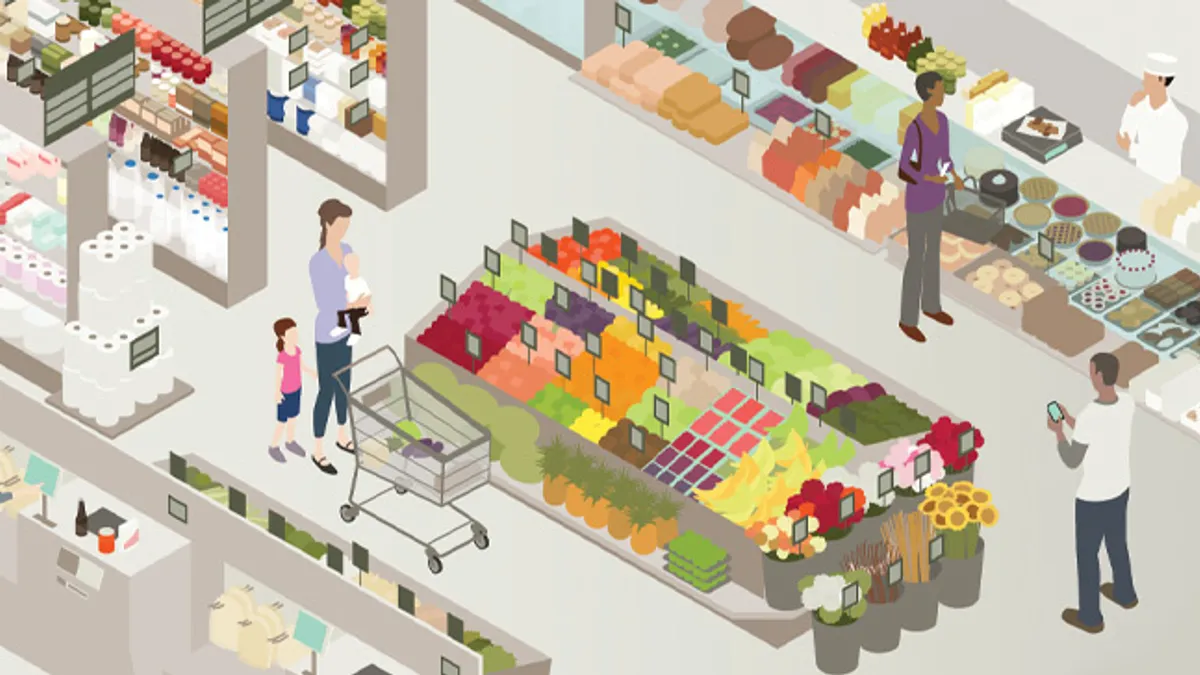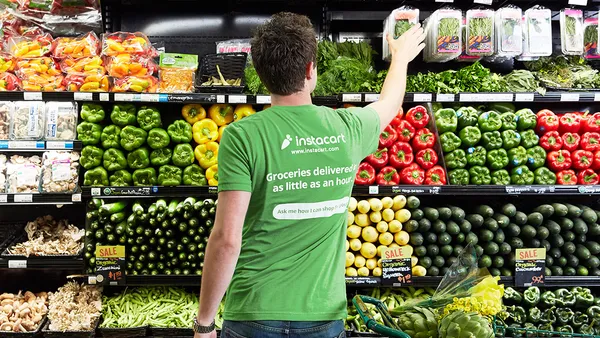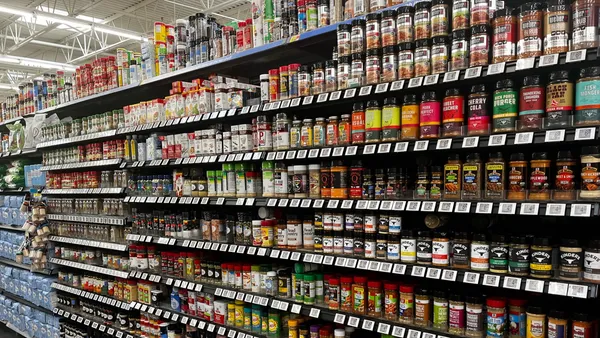During times of crisis, retailers and consumer goods suppliers have always gotten creative and executives are now struggling to answer a multitude of key questions about COVID-19 and its aftermath: what will the new normal look like? How will consumer demand patterns change as a result? How long will it take for the economy to recover?
While those are good questions, finding the answers to more pointed questions may help companies recover faster from the COVID-19-fueled consumer-pantry-loading-on-steroids event experienced by retailers and CPG companies.
How much increase in demand is due to pantry loading and changes in consumption patterns due to the crisis?
We're experiencing extreme changes in demand patterns now, which will likely influence post-COVID-19 demand. Companies need to determine which products will experience new demand levels as consumers shape the new normal. This will open the door for product and service innovations that will replace demand for some existing products.
CPG companies will need to assess where their retail partners have minimal inventory and adjust their pipeline fill guidelines with revised demand projections. Also important will be understanding if e-commerce will sustain increased lift in transaction volumes during the crisis once brick-and-mortar store traffic returns to pre-pandemic levels.
How will the COVID-19 economy drive business decisions and consumer behavior?
Companies must quickly understand the impact of the economic recovery on consumer behavior and make adjustments in their planning process.
For example, will there be a heightened focus on SKU rationalization and reducing spend that changes current go-to-market strategies? Companies may find that this event drove significant trial of a brand or category of products and choose to shift brand building investment to sustain momentum. This shift to alternate brands is a significant demand signal and must be built into the modeling process.
What business processes need to adapt in the new world?
Executives are considering which new safety and quality processes are now required in their operations. Supplier strategies are being evaluated to account for the needed control, safety and flexibility. There are new factors to be considered when determining whether to source materials and products domestically vs. internationally.
Automation strategies in production and fulfillment operations need evaluation to determine where material handling automation and robotics can reduce future business risk. Such important upstream changes may greatly affect future planning and execution processes.
Evolve your approach to analytics
Traditional forecasting approaches that rely heavily on internal historical data will not be effective for the balance of 2020 and beyond. Organizations must move from "one-model-fits-all" forecasting to a series of more advanced models that glean insights from both market and internal data. Market impacts are best modeled with data as close to point of consumer purchase as possible. CPG companies can use these consumption models as an input to a better market-driven shipment forecast.
POS and syndicated data are often cleaner and more responsive to changing market dynamics than internal shipment or order data. It helps companies understand market opportunities — examining the effect of promotions and merchandising while also gauging trends in distribution. And strategies around these areas are easily integrated into predictive forecast models providing opportunities for tactical scenario planning.
Companies should now determine how their business moves with macroeconomic indicators — especially leading indicators. Look at past business results to model this relationship over time. What are those three or four reliable critical metrics that can serve as a two- or three-month warning signs? Regardless of whether we enter a sustained recession or the global economy rebounds, this is great information for companies trying to understand the impact to long-term demand.
Executives can leverage data from Asian countries that have already moved into recovery for insight into local consumer behaviors. Some of these early demand patterns may prove useful in predicting consumer behaviors in other geographies.
All these factors can integrate and inform an entire demand management suite of analytics. For example, economic response and marketing factors are realized over time in the ebb and flow of base sales. This is different from promotional models where an added promotion adds immediate volume. While these are two different models, they can inform each other. Multiple models integrating signals on the current state of the business work together to create the best possible forecasts.
We anticipate companies will refine their marketing and sales strategies due to such assessments and fine-tune based on the global economic situation. Such leading analytics will enhance insight by predicting your competitors' marketing and promotional behavior as well. This can inform your internal strategy and feed your forecast models to evaluate whether competition is following your predictions and if needed, refine your competitive forecast.
Digital intelligence keeps you in tune
Consumer product demand has changed dramatically since the crisis began, with the timing and frequency of store visits and online orders changing significantly. The outcome for retailers and CPG companies is that they can better serve customers when they use more advanced analytics combined with digital intelligence to stay attuned to those changing needs by region, state and location.
Charlie Chase, Chad Schumacher and Dan Woo are retail and CPG industry consultants for analytics software company, SAS. Follow SAS on Twitter @SASsoftware and @SASRetail.










